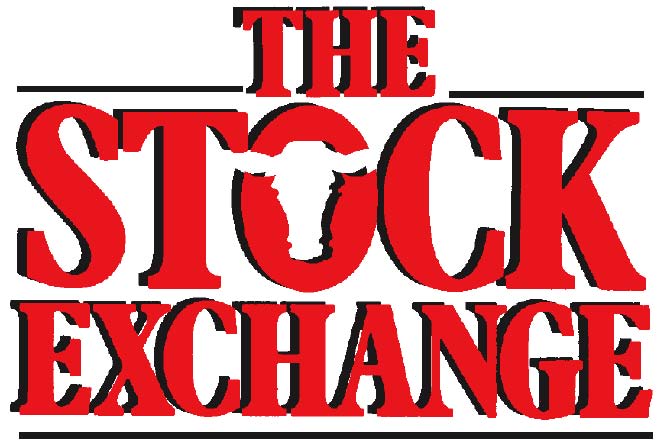Developing Heifers to Fit Their Production Environment
Determining the most cost-effective system to develop heifers in a given production environment is critical to keeping those females in the herd long-term. Photo credit Troy Walz. This article was originally featured in Progressive Cattle. As producers begin selecting replacement heifers, a commonly asked question is, “What is the best method for developing heifers?” Considering the expenses involved in developing replacements, determining the most cost-effective system for a specific production environment is important…
